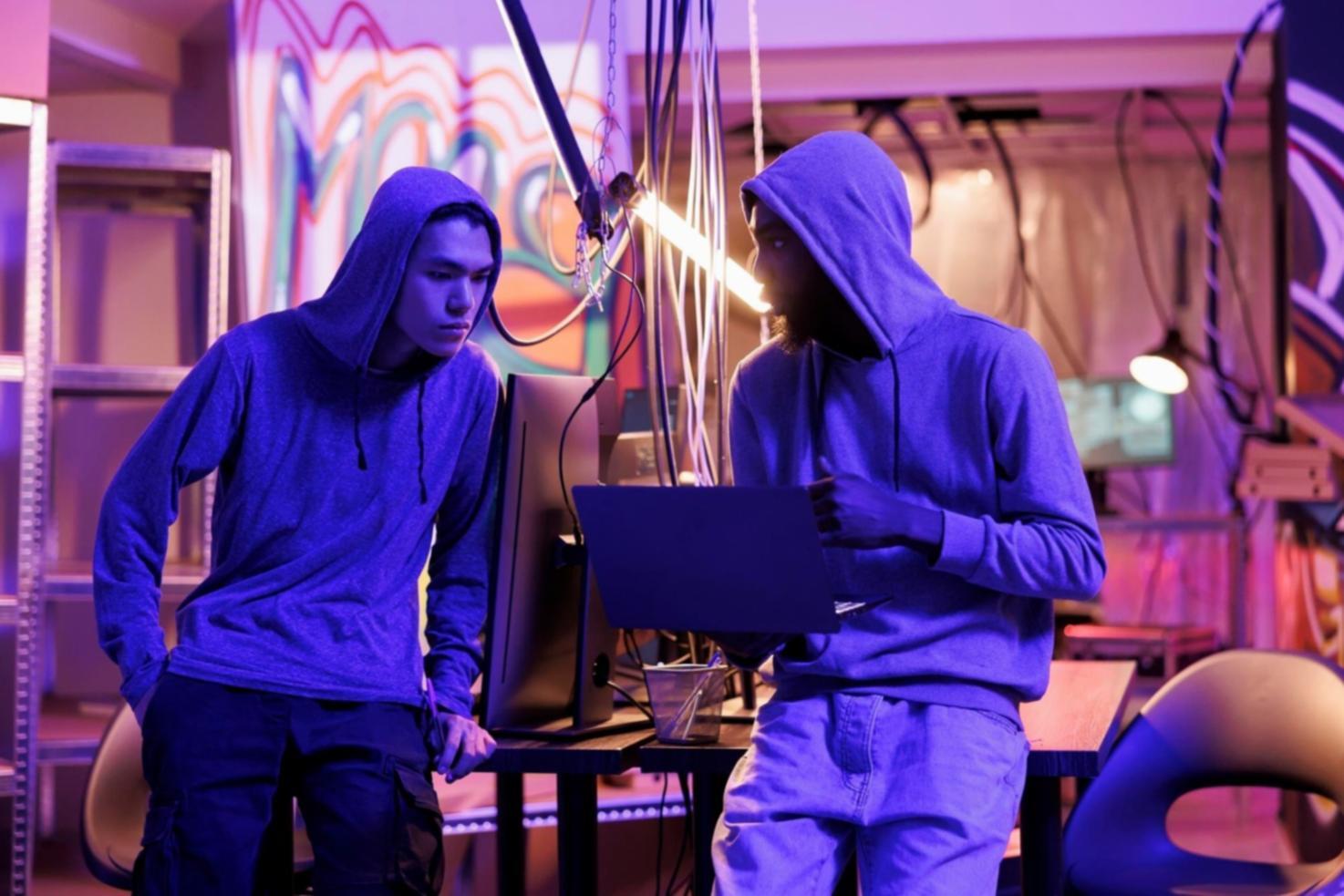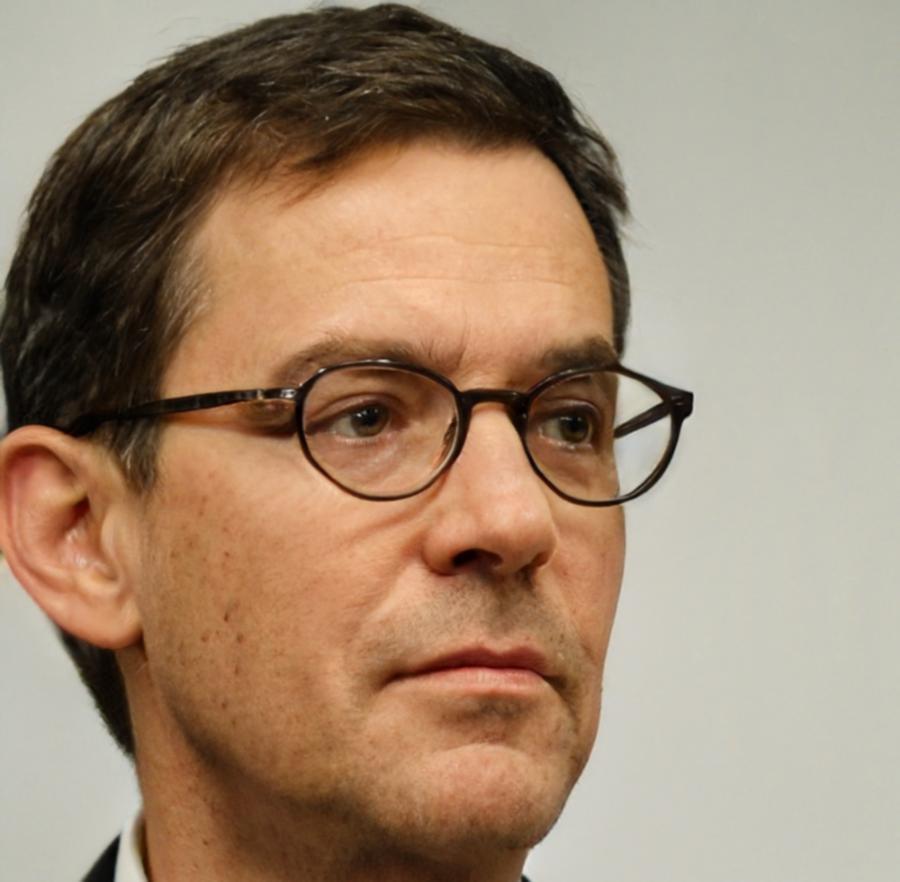Stop Chasing Perfection
I see students spend weeks on a single model trying to make it perfect.
Meanwhile, production artists are pumping out assets that are "good
enough" because the game needs content yesterday.
The difference? Understanding what matters. Silhouette clarity matters.
Edge flow for animation matters. Whether that rivet has 8 or 12 sides?
Usually doesn't matter at all.
When I review portfolios now, I look for people who can make decisions
quickly and iterate based on feedback. That skill beats technical
perfection every time. You learn it by doing volume work under real
constraints—not by polishing one piece forever.



